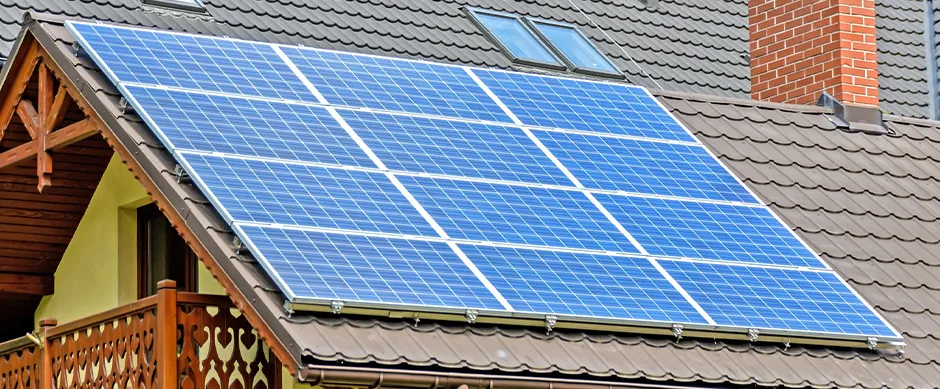Understanding Tie Inverter Grids for Efficient Energy Management and Transition Solutions
The Role of Tie Inverter Grid in Modern Energy Systems
In the rapidly evolving landscape of renewable energy, the concept of the tie inverter grid plays a pivotal role in enhancing the efficiency and reliability of energy distribution. As the world shifts towards more sustainable energy solutions, the integration of renewable sources like solar and wind into the existing grid infrastructure has become increasingly crucial. This is where tie inverters come into play, bridging the gap between renewable energy generation and the electrical grid.
Understanding Tie Inverters
A tie inverter, also known as a grid-tied inverter, is a type of inverter that connects renewable energy systems, such as solar panels, directly to the utility grid. Unlike off-grid systems, which require batteries for energy storage, tie inverters feed excess energy generated from renewable sources back into the grid. This process not only maximizes the use of sustainable energy but also provides significant benefits to homeowners and businesses alike.
Benefits of Tie Inverter Grids
1. Efficiency and Cost Savings One of the primary advantages of a tie inverter system is the efficiency it offers. By supplying excess energy back to the grid, users can receive credits or compensation through net metering programs. This economic benefit helps offset utility costs, making renewable energy more economically viable for consumers.
2. Scalability Tie inverter grids are highly scalable, allowing users to expand their renewable energy systems as their needs grow. Whether it's adding more solar panels or integrating additional renewable sources, tie inverters can accommodate these changes without requiring an overhaul of the existing infrastructure.
3. Reduced Carbon Footprint By facilitating the use of clean energy, tie inverters contribute to the reduction of greenhouse gas emissions. As more households and businesses integrate renewable energy systems, the overall reliance on fossil fuels diminishes, leading to a more sustainable energy future.
tie inverter grid

4. Grid Stability and Reliability Tie inverters enhance the reliability of the electrical grid. By providing a distributed energy generation model, they help stabilize voltage and frequency fluctuations, particularly during peak demand times. This increased reliability is essential as more variable renewable sources are added to the grid.
Challenges and Considerations
Despite the numerous advantages, there are challenges associated with tie inverter grids. One major concern is the potential impact on grid stability. As the penetration of renewable energy increases, managing the variability and intermittency of sources like solar and wind becomes critical. Utility companies must invest in grid infrastructure and smart technology to monitor and respond to these fluctuations effectively.
Additionally, regulatory frameworks and incentives play a significant role in the adoption of tie inverter systems. Policies that support net metering, feed-in tariffs, and other incentives can encourage more consumers to adopt renewable energy solutions. Without supportive regulations, the growth potential of tie inverter grids may be stifled.
The Future of Tie Inverter Grids
Looking ahead, the future of tie inverter grids appears promising. Advances in technology, such as the development of smart inverters and energy management systems, will further enhance the capability and efficiency of these systems. Increased integration of energy storage solutions will also allow for better management of supply and demand, addressing some of the current challenges.
In conclusion, tie inverter grids are essential components of modern energy systems, facilitating the integration of renewable energy sources and promoting sustainable practices. As technology advances and regulatory frameworks evolve, tie inverters will undoubtedly play a critical role in shaping the future of energy distribution and consumption, paving the way for a cleaner, more resilient energy landscape.
-
Unlocking Energy Freedom with the Off Grid Solar InverterNewsJun.06,2025
-
Unlock More Solar Power with a High-Efficiency Bifacial Solar PanelNewsJun.06,2025
-
Power Your Future with High-Efficiency Monocrystalline Solar PanelsNewsJun.06,2025
-
Next-Gen Solar Power Starts with Micro Solar InvertersNewsJun.06,2025
-
Harnessing Peak Efficiency with the On Grid Solar InverterNewsJun.06,2025
-
Discover Unmatched Efficiency with the Latest String Solar InverterNewsJun.06,2025







